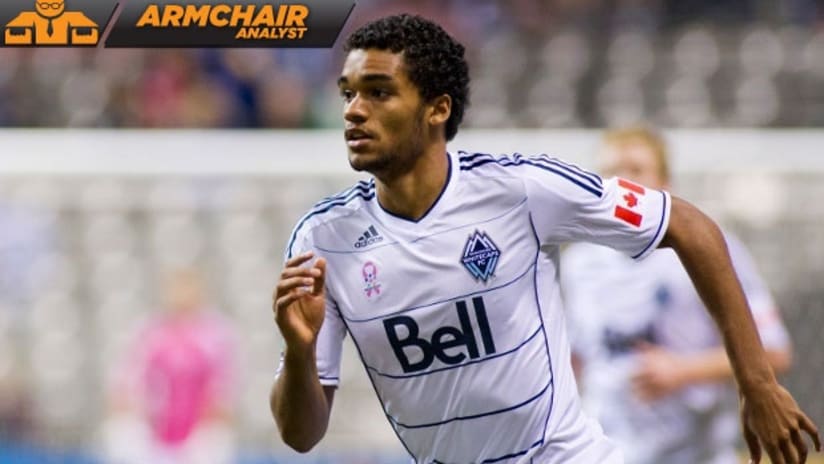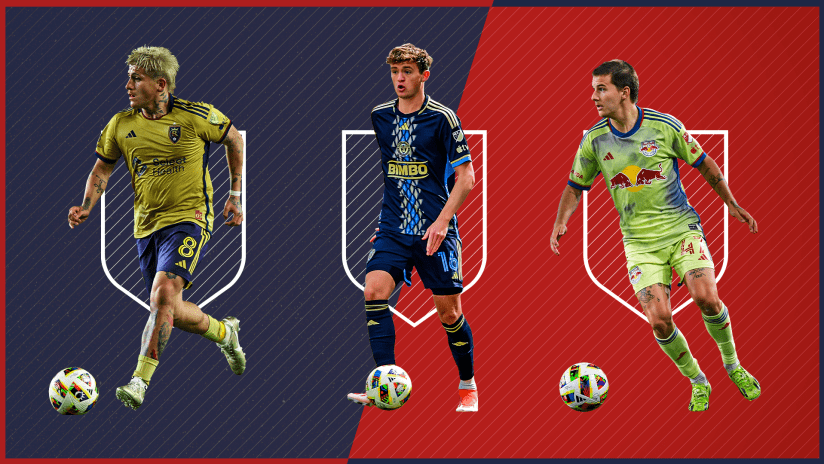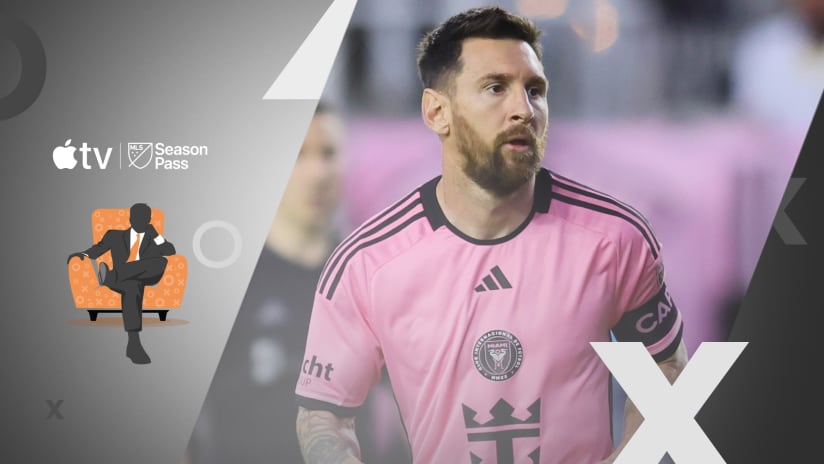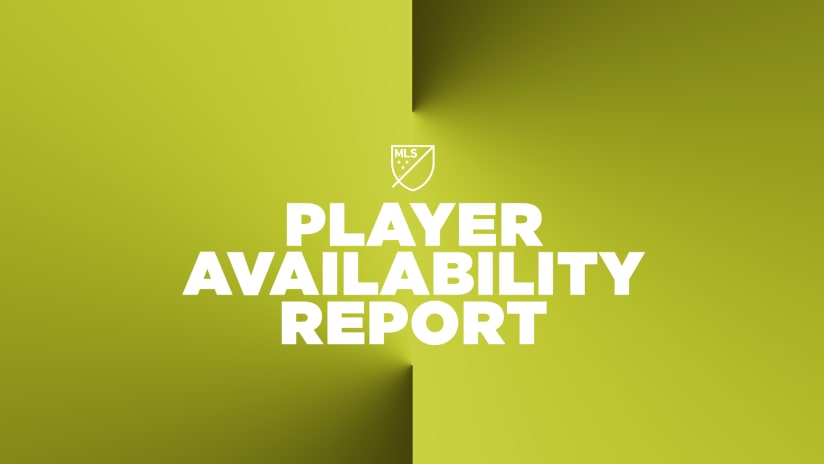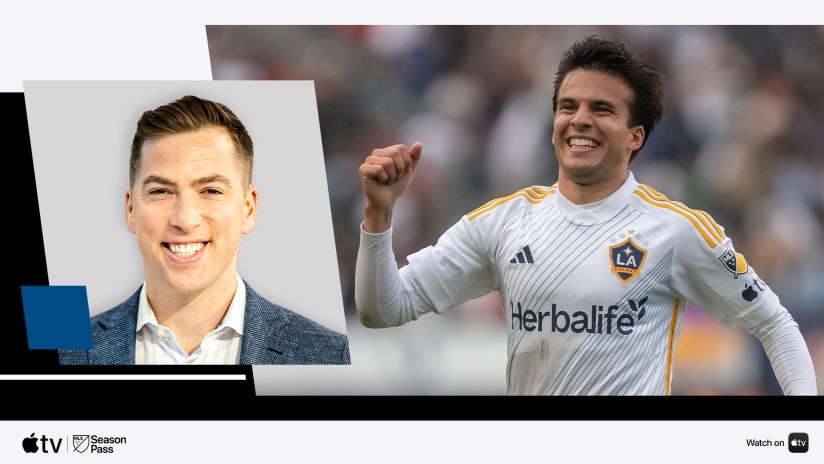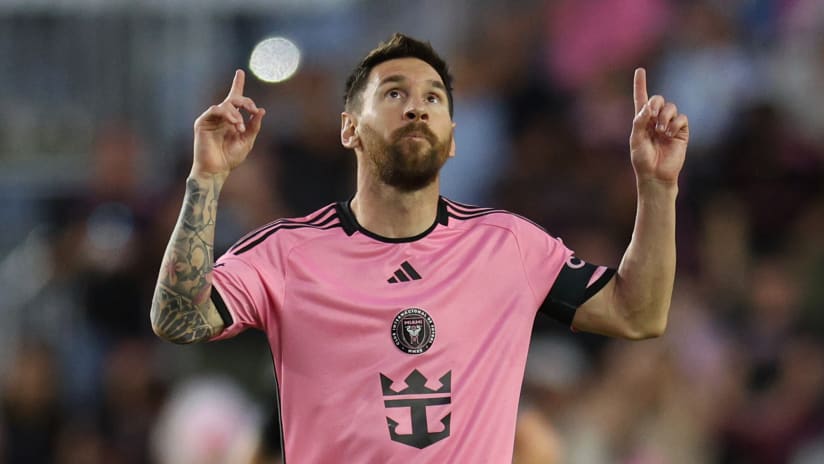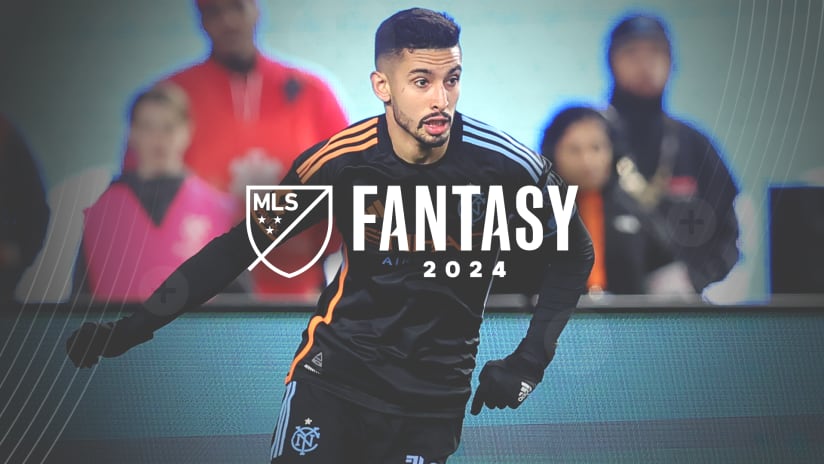Welcome back to the Thursday Q&A series, where we focus on one particular topic – today's being Olympic qualifying – and ask you to react, share, and discuss in the comments section. However, feel free to ask about anything game-related (MLS, USL, NASL, USMNT, CanMNT, etc.) over the next several hours.
I'm hoping you caught this deep dive into USL from Andrew Wiebe last week, which was part of our 24 Under 24 coverage. The entire series differed in tone and content in 2015 compared to previous years largely because the way that young players are entering MLS has changed so drastically over the past half-decade.
I'm going to lift a couple of paragraphs here:
As bullish as I was last September about USL’s role filling a glaring development hole in what USSF calls Zone 3 – elite-level players 18 and older – I’m downright giddy about the possibilities just 363 days later. The reason isn’t theoretical. It’s practical.
...
Olympic-eligible players, those born on or after January 1, 1993, accounted for 162,919 of 633,600 available minutes (25.7 percent) in 2015. They scored 212 goals, and added 159 assists. In short, they were often difference makers in a league full of seasoned professionals.
Nowhere was that influence more apparent than Canada’s Olympic qualifying roster. Unattached FC was nowhere to be found and eight of 20 players hailed from FC Montreal, Whitecaps FC 2 or Toronto FC II while four others played significant USL minutes on loan from their MLS club.
Olympic qualifying kicks off this evening, with the obvious highlight being the Group A match between the US and Canada at Sporting Park (9 pm ET). The Canadian roster is, as Andrew pointed out, stuffed with USL veterans (and absent their biggest age-eligible MLS star, Orlando City's Cyle Larin -- a fact that does not sit well with Benito Floro).
The US roster is more of a mix, with eight from MLS, nine scattered across Europe, one rep from LigaMX, one college kid and even a rep from Unattached FC. Sometimes a mix like that can be good; other times it can sow confusion instead of cohesion, as was the case in USA's last run through Olympic qualifying which was ended, not coincidentally, by the Canadians.
One game is not a large enough sample size to make any definitive statements about one path or another, but in general, teams that tend to punch above their weight internationally tend to be teams that grab a lot of their talent from one particular league (Greece in 2004 is a great example). Even for the truly elite it's been posited that the familiarity bred through intra-league competition provides an advantage. While evidence is more anecdotal than analytical, it's hard to ignore just how much Barcelona and Real Madrid contributed to that great Spanish team which reigned supreme from 2008 through 2012, or the contributions of Bayern Munich and Borussia Dortmund to the current World Cup champions.
Does that mean Caleb Clarke and Jeremy Gagnon-Lapare are fated to tear a hole through the US defense, just because they play in the same league? As a Yank, I certainly hope not, but "chemistry" and "sharpness of team movement" are things that can close the gap when there's a raw talent differential.
We'll see, this evening, if USL minutes have helped provide that for Team Canada.
Ok folks, come at me. I'm here for the next several hours to deal with your abuse.

